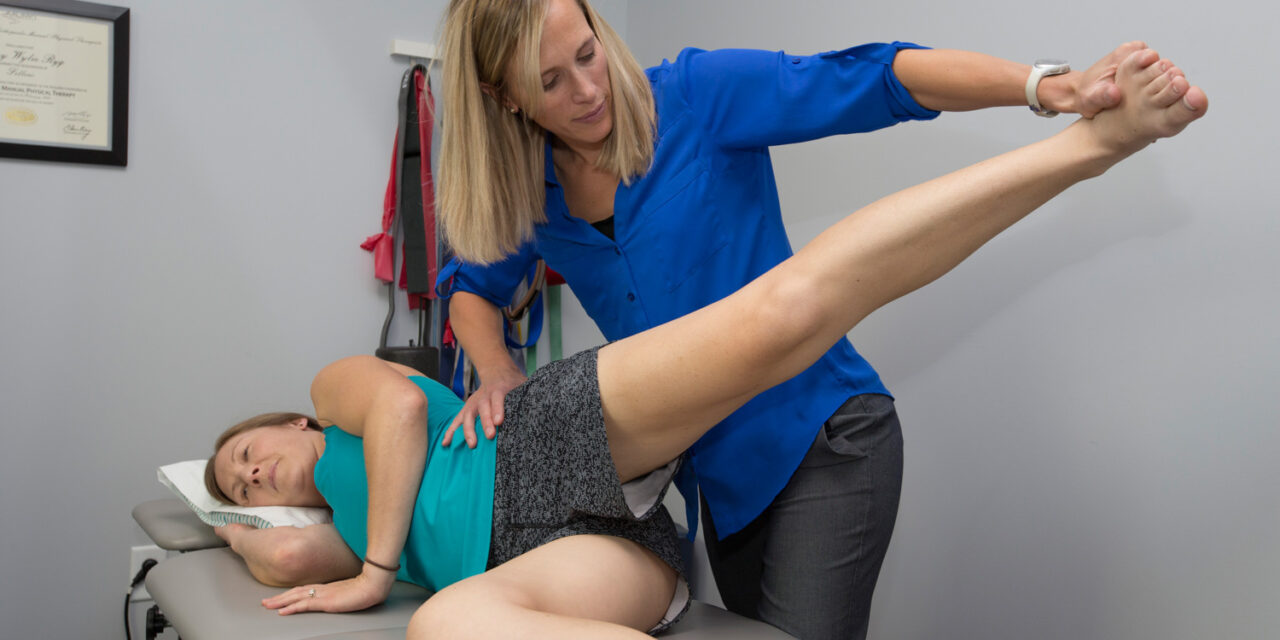Which Muscles Are Most Important To Strengthen With Hip Impingement And Labral Tears
Femoroacetabular impingement (FAI) and labral tears are a common cause of hip pain. Commonly symptoms are felt along the front of the hip or groin and can be sharp in nature. Researchers have found both FAI and labral tears in patients without symptoms or a loss in function. The reasons for this disconnect between pathology...


